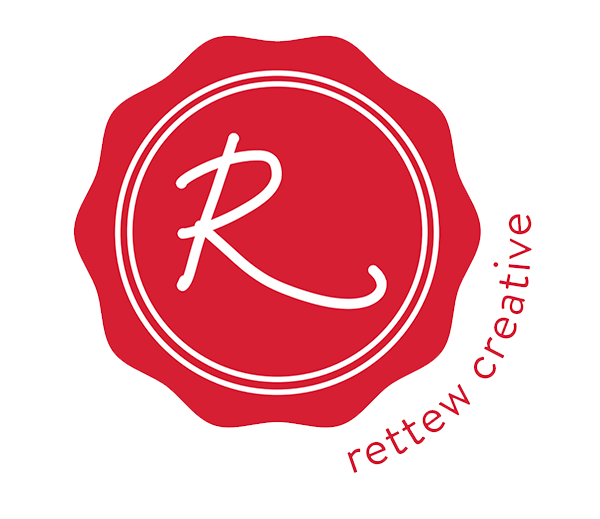
I have been telling stories as a profession since 1997 for over 20 years. I started as a photojournalist with the task of capturing daily news stories forced to condense into just over one minute…and now I am breaking free.
For years and years, whether as a journalist, brand journalist, content creator, or even a content marketer; I have been finding and telling stories in a compact, expedient fashion for our audiences to quickly consume and move along.
The broadcast television world taught me how to find stories, find the most intriguing themes inside these stories and make them appealing to a broader audience. I would advocate producers and editors for more time, just five more seconds on-air, because it would make the story so much better. The fight was real; constantly pushing, playing the game of give and take in my narcissistic world of storytelling.
My story, my daily news story deserves more than 70 seconds. I thought my story was the most important story of the day. I had a rude awakening!
As I transitioned to the world of corporate storytelling ranging from broadcast to web production, I would push the envelope convincing clients that longer was better. But…OH BUT…those analytics were the hard truth. My projects on finally living on YouTube sometimes pushed 8 minutes, yet the data showed audiences could barely get past two minutes…at best.
Then in 2014 when Facebook opened the door to create video advertisements, we were creating short content, quick snippets with the goals to click. We learned through months and years of video ad creation/deployments that Instagram had it right the first time. People just want it in 14 seconds.
So much work left on the table…so much heart and soul.
We would capture 45 minute interviews and condense these passionate stories down into two or three minute stories. So much rich heart and soul inside these personal stories we captured, it hurt leaving out special moments that provided so much context to a soundbite chosen for the final video.
As I became a podcast listener, I was finding myself attracted to long form storytelling like Criminal, This American Life, Freakanomics, and even podcast series like S-Town. What I was finding is that many of these shows had an average length longer than 20 minutes with This American Life toping 60 minutes.
I am finding more and more people are desiring more long form content; content that provides deeper conversations exploring cultural and social narratives applicable to their daily lives.
For many years, my partner Reed Smith was trying to get me to start a podcast investigating content marketing, specifically a best-practices podcast. He knew this was the world I operated professionally and thought it would be a natural fit as he challenged me to join the Touchpoint Media Network, podcast shows from all points of view including hospitals, health systems, physicians, clinicians and consumers. I looked around and there are SO MANY podcasts surrounding the “how-to’s of content marketing”, I felt I would add to the ever competitive noise.
I have a mantra!
We should spend less time trying to talk/teach about how to create great content and tell great stories and just go out and tell great stories!
As I fumbled around with this idea. I was more and more attracted to creating a podcast that would push the boundaries of digital storytelling. It was time to “spread my wings” and share long conversations around topics, diving into narratives the expose us to people and their approach to topics and genre’s surrounding healthcare, social justice, and public policy. I wanted to share deep intersections inside these topics examining the complexities in today’s multi-cultural world. Give the story behind the two minute story, space to think, feel, explore, and build deep connections. I just wanted to tell the whole story.
This is the audience where I was focused, to create rich content for these consumers:
Podcast Listeners
“The profile of an average podcast listener (according to Nielsen Scarborough) is young, educated and affluent. Consumers who watch, listen to or download a podcast are significantly more likely to be higher educated, higher income and career-minded, making them a qualified—and valuable—audience for advertisers and marketers.” (vai 2016 Data from Scarborough USA)
Persona of Optimal Podcast Listener:
- Post Graduate – More Likely Represents 68% of Listeners
- Household Income $250,000 – More Likely Represents 45% of Listeners
- Professional – More Likely Represents 60% of Listeners
- 25-34 Age Group – More Likely Represents 28.2% of Listeners
- 35-44 Age Group – More Likely Represents 21.2% of Listeners
- 45-54 Age Group – More Likely Represents 16.1% of Listeners
We are learning more and more everyday about podcasting; specifically the individuals and the personas of the people consuming our content. We are also learning the distribution platforms like Soundcloud, Apple Podcasts, PodBeam, Stitcher, and Google Play have inconsistent reporting and data analytics. It is a huge guessing game, which has provided me some relief. For once, I am ignoring the data, analytics, and reporting behind the engagement/distribution of my podcast. I am focused on creating great content for people who choose to listen.
As I continue to talk to more and more people, select stories I want to tell, and ask people to be a guest…I am focusing on our listeners and what they think about our content. If you like the podcast like Intersection and others on the Touchpoint Media Network, maybe your will take our survey.
Thanks to all who are help me chart a new path in content creation and rich, long-form storytelling!
